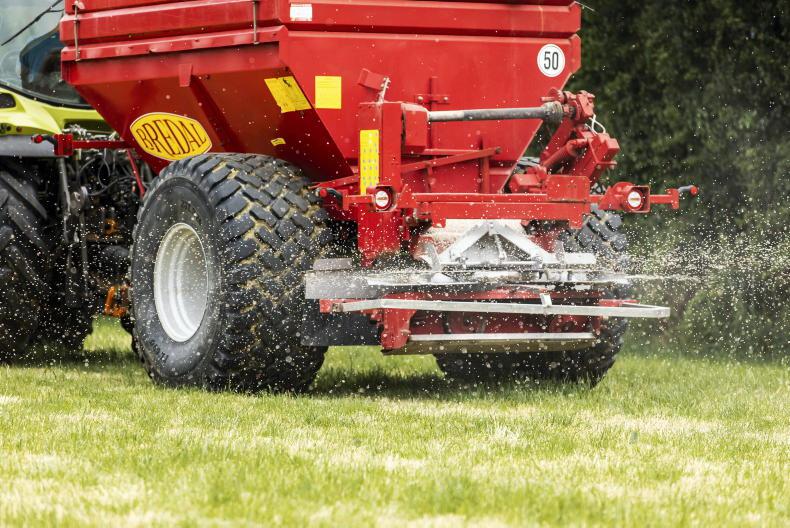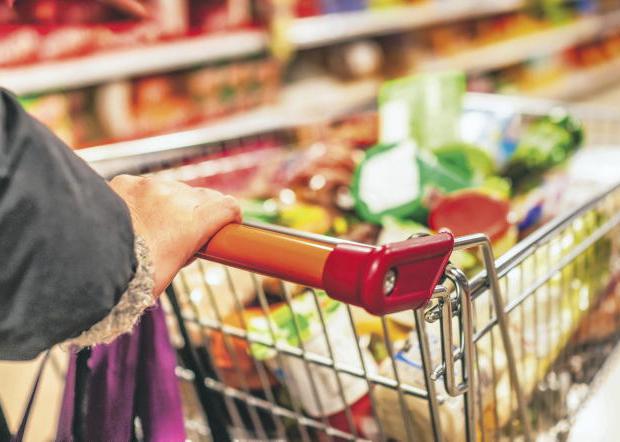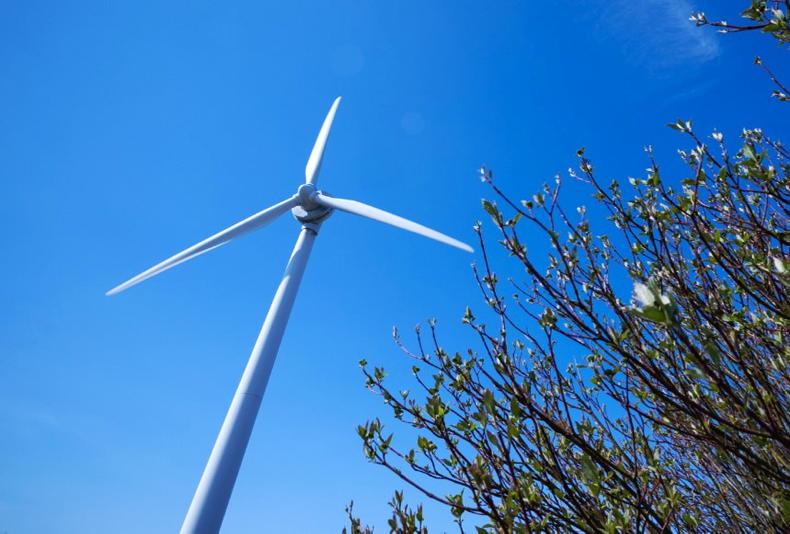The expected cut in emissions required from Irish agriculture by 2030 of between 22% and 30% has been confirmed by Government.
The impact of a 21% cut and a 30% cut in emissions were two of the five scenarios that were modelled in the recent KPMG report commissioned by the Irish Farmers Journal.
The economic impact makes for stark reading for Irish farmers, the agri-food industry and wider rural communities.
What it means in numbers
When KPMG modelled what the requirement for a 21% to 30% cut in emissions from agriculture would require, it found that this range could not be achieved without cutting cattle numbers.
KPMG applied a straight line cut on the cattle herd as it was made up in 2018 and discovered that to deliver even a 21% cut in emissions would require a reduction of 5% in the dairy herd and 6% in the beef herd.
This is in addition to all farmers having adopted the mitigation measures in the Teagasc MACC curve that would enable up to an 18% reduction to be achieved without cutting cattle numbers.
Impact on incomes
Delivery of an additional 3% on top of the 18% cut in emissions would mean a hit to dairy farm incomes of €4,300 on average, a 7% cut in margin.
For beef farms, it would mean a €1,300 hit to the average farm profit, a 13% cut as beef farms have significantly lower profits than dairy farms.
Overall, this will mean a €620m hit to incomes inside the farmgate, while the loss of raw material is calculated by KPMG at €480m, making it a €1.1bn hit to the rural economy, as well as a loss of 10,000 jobs, mainly in the processing sector.
However, there needs to be a minimum reduction of 22% under the plan, so these numbers will be higher than what a 21% cut would entail in terms of job numbers and the impact on incomes.
What happens if it goes beyond 22% reduction in emissions?
While KPMG found that a 21% cut in emissions requirement from agriculture would do damage, the general belief was that farmers and processing would try to manage it. When the emissions cut is increased to 30%, the KPMG model shows catastrophic damage to the sector.
KPMG found that delivering 30% reductions in agriculture would require a cut to the dairy herd of 18% plus 22% in the beef herd, as well as all farmers having adopted the mitigation measures that would deliver 18% of the emission reductions.
Getting the extra 12% to bring it up to 30% overall will mean a slump in average dairy farm profits of €17,500, a 25% cut, while, for beef, it would mean a €2,800 cut for the average beef farm profit, which is a 31% cut.
At 30%, job losses will happen on a large scale. KPMG estimated these at 56,400, with 15,400 of these happening inside the farmgate and the other 41,000 in the wider supply chain.
Given that most farms are owner-operated, the 15,400 losses essentially mean the loss of farm businesses.
Overall, KPMG put the hit to the rural economy of this scenario at €3.8bn, with €2.12bn of this carried by farmers.
Comment
Confirmation of a 22% to 30% cut for Irish agricultural emissions is grim news for farmers and the wider rural economy.
It means that Ireland will no longer be fully using the natural resources of water and grass to produce protein that can be consumed by humans.
Of course, alternative numbers and scenarios can be developed by concentrating the cuts on the beef side of the cattle herd and money will be made available to encourage alternative farming enterprises and land use.
However, the reality is that we have the farming pattern we have because it is the most commercially efficient. Interfering with the market-driven model risks unforeseen and unintended consequences.









SHARING OPTIONS